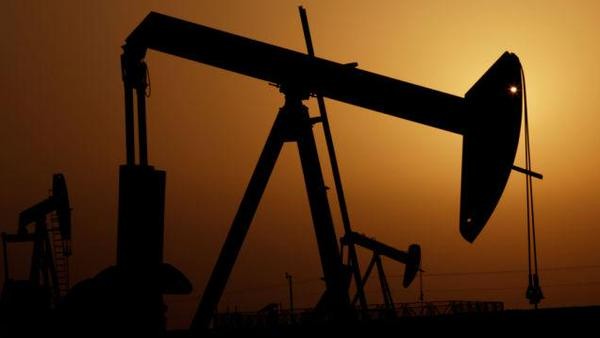How Will Falling Oil Prices Affect Municipal Bonds
Post on: 26 Май, 2015 No Comment

Key Points
- Falling oil prices may be a negative for some municipal issuers because of a potential decline in employment and revenues. Bondholders can be affected because shrinking revenue leaves less financial flexibility to meet debt payments. We don’t believe falling oil prices will have a significant impact on the municipal market as a whole, but investors should consider the risks of owning bonds issued by smaller local governments in areas where the oil and gas industry is a major source of revenues.
Falling oil prices can be a welcome sight at the gas pump. The spot price of crude oil has fallen nearly 30% since the summer, and the impact has already been felt in other parts of the markets. But what impact might falling oil prices have on municipalities and what, if anything, should muni investors do about it?
Falling oil prices may be a negative for some municipal issuers because of a potential decline in employment and revenues. In our opinion, a decline in oil prices will have a different impact on states as compared to local governments where oil and gas extraction is a major part of the local economy. States should be less affected, while local governments may suffer due to a potential decline in employment and the lost revenues associated with oil and gas production. This can affect bondholders because shrinking revenue leaves less financial flexibility to meet debt payments.
Oil and gas revenues vary substantially from state to state
States tend to receive revenues from various sources that are tied to the production of oil and gas. Many charge a severance tax—a tax on the removal of non-renewable natural resources—on the extraction, production, and sale of oil. At least 36 states impose some sort of severance tax, and 31 states specifically levy taxes on the extraction of oil and gas, according to the National Conference of State Legislatures. States tend to tax the volume, value, or a combination of both of produced oil and gas. So for some states that tax the volume, tax revenues in theory shouldn’t decline so long as production doesn’t slow.
States and the local governments may also charge other fees or taxes to generate additional revenues from oil and gas extraction. As can be seen in the chart below, the production of crude oil in the U.S. is highly concentrated in only a few states, and the reliance on severance taxes as a portion of total state tax collections varies.
States with a higher reliance on severance taxes may feel the impact of falling oil prices more than those states with a more diverse revenue stream. For example, California is the third-largest producer of crude oil, but severance taxes account for less than one-tenth of one percent of its total tax revenues, so it’s unlikely Californians will feel the impact of falling oil prices as a result of reduced severance taxes. Alaska, on the other hand, might feel the pinch to a greater degree, as severance taxes account for nearly 80% of total tax collections.
States’ reliance on severance taxes
Source: United States Census Bureau, as of 2013 and U.S. Energy Information Administration, as of October 30, 2014.
Note: Chart shows only the top 15 domestic producers of crude oil.
Though severance taxes are generally collected at the state level, they are sometimes passed down to the local governments within that state. This distribution of severance taxes to cities and counties varies from state to state and even within states. Some states—Colorado, Montana, and North Dakota for example—distribute a large portion of state severance taxes to counties and local governments. Other states, like Texas and Wyoming, distribute very little in severance taxes to their counties or local governments.
Oil and gas producing areas have other revenue sources
The majority of municipalities with high oil and gas production that don’t receive substantial revenue from severance taxes rely on sales taxes as a major source of revenue, according to a study by Duke University. Sales taxes tend to rise as the economy grows and employment increases.
Recently, employment for areas where oil shale production is economically feasible has been booming. For example, North Dakota—the state with the second-largest oil production—saw employment climb by more than 350% 1 and sales tax revenues rise by almost 150% from 2007 to 2013. 2
What’s the impact if production is scaled back?
As a result of the recent sharp decline in oil prices, the level of production may decrease, depending on location-specific extraction costs and other factors. At lower oil prices, the economics of extracting some types of oil and other fuels, such as natural gas, are more marginal.
The impact likely won’t be equally felt. Only five states account for nearly 75% of U.S. domestic oil production. 3 The table below illustrates which states are the most reliant on the mining industry as a percentage of total state GDP. Note that the mining industry includes all forms of mining, not just oil and gas extraction. There may be areas within each state that are not heavily reliant on the mining industry and therefore may not be affected by a decline in oil prices.














